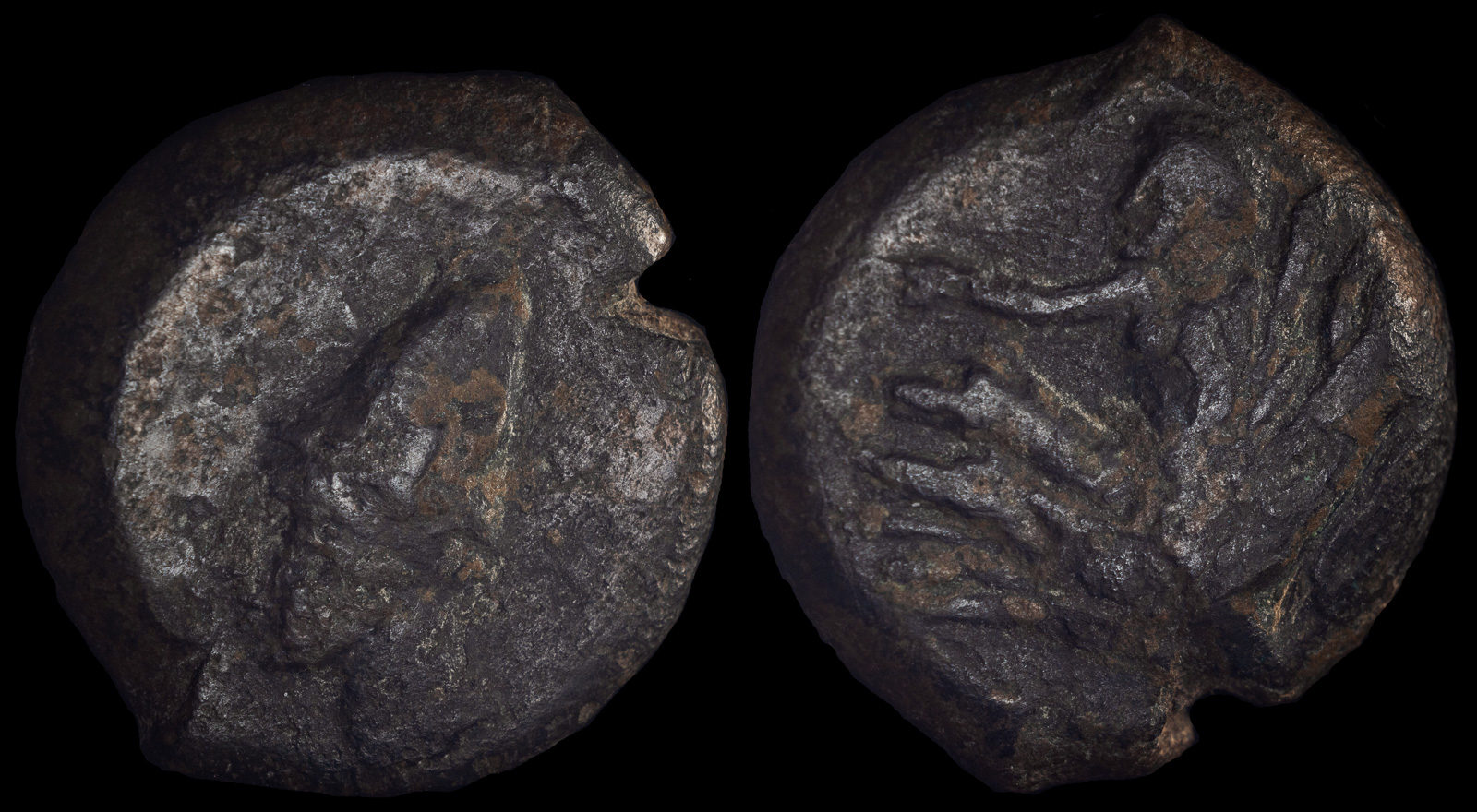Skylla
View All Tags
In many accounts, Skylla was originally a beautiful nymph. However, her life took a tragic turn due to jealousy and divine intervention. According to one version of the myth, the sea god Glaucus fell in love with her, but she did not return his affections. Glaucus sought the help of the sorceress Circe to win Skylla’s love, but Circe herself fell for Glaucus. In her jealousy, Circe poisoned the waters of the pool where Skylla bathed, transforming her into a monstrous creature with twelve legs, six long necks, and terrifying heads that devoured sailors who ventured too close.
Skylla’s monstrous form was immortalized in Homer’s Odyssey. Odysseus and his crew had to navigate the perilous strait where Skylla resided, knowing that passing close to her would result in the loss of six men—one for each of her heads. Despite the danger, Odysseus chose this path over the alternative of being swallowed entirely by Charybdis. Skylla’s attack was swift and unavoidable, highlighting her role as an unstoppable force of nature, embodying the perils of the sea.
Skylla also appears in other works of ancient literature, including Ovid’s Metamorphoses, which elaborates on her tragic transformation, and Virgil’s Aeneid, where she continues to menace sailors. Her story underscores themes of unrequited love, divine retribution, and the interplay of beauty and monstrosity.

Bruttium, Skylletion
ca 350-325 BCE
Æ 19mm, 7.41g, 6h
Beardless male head l., wearing pileos /
Skylla swimming l., right arm raised, holding oar in left.
HNItaly 2565; CNS III p. 319, 1 (under unidentified mercenaries); SNG ANS 800; SNG Copenhagen 1993; HGC 1, 1722
Ex Anders Collection